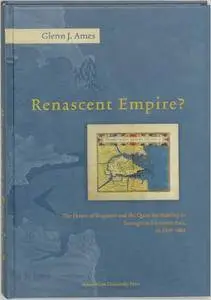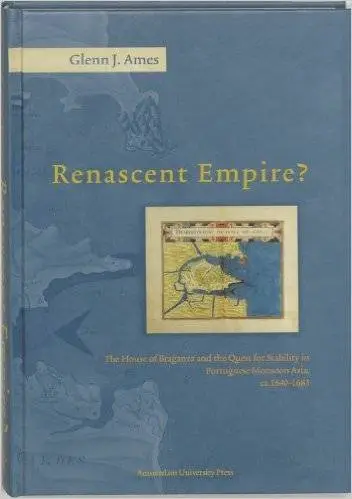Renascent Empire?: The House of Braganza and the Quest for Stability in Portuguese Monsoon Asia, ca. 1640-1683 by Glenn J. Ames
English | June 1, 2000 | ISBN: 9053563822 | 263 Pages | PDF | 2 MB
English | June 1, 2000 | ISBN: 9053563822 | 263 Pages | PDF | 2 MB
Based on extensive archival research in Portugal, India, England, and France, this work provides the first monographic study of a crucial, yet hitherto ignored period in the history of Portugal's Asian empire: the years ca. 1640-1683. Ames' revisionist work demonstrates that, contrary to the tradition-al view of the inevitable decline and stagnation of the Estado da India after ca. 1640, these were years of innovative and dynamic reform which brought about the geo-political and economic stabilization of Portuguese Asia by 1683.
The rzth century decline of Portugal's Asian empire or Estado da India is generally considered to be one of the great historical "facts" of the early modern period. Erected over the course of the late rsrh and early reth centuries by soldier-adventurers like Vasco da Gama and Afonso de Albuquerque, the Estado was based on a series of fortified trading cities along the rim of the Indian Ocean basin and the South China Sea. By1580, these strategic [ortalezas of the "State of India" included Mozambique, Mombassa, Maskar (Muscat), Hurmuz (Ormuz), Diu, Goa, Cochin, CeyIon, Melaka (Malacca), Timer, and Macau, to name but a few. These fortified settlements were usually at the cross-roads of local trading routes as well as multi cultural enclaves that witnessed a constant mixture of European, African, and Asian peoples, laws, customs, and traditions.



